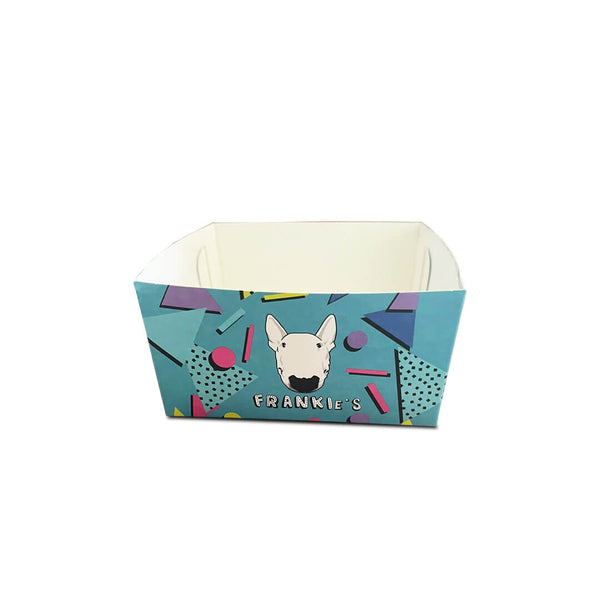Digital Printing for Food Packaging Revolutionizing the Packaging Industry
In recent years, the landscape of packaging has undergone a significant transformation, largely fueled by advancements in digital printing technology. Among the many sectors benefiting from this evolution, food packaging has emerged as a key player, showcasing a remarkable shift in how products are presented to consumers. Digital printing for food packaging is not just about aesthetics; it is about enhancing brand identity, improving efficiency, and ensuring safety—elements that are crucial in the competitive food industry.
One of the most prominent advantages of digital printing in food packaging is its ability to produce high-quality graphics and intricate designs. Traditional flexographic printing methods can be limited by the need for printing plates and lengthy setup times, which can restrict creativity and flexibility. In contrast, digital printing allows for the use of vibrant colors, detailed images, and customized designs, all produced in a fraction of the time. This flexibility is particularly beneficial for brands looking to seasonal promotions, limited-edition products, or even region-specific flavors, allowing them to respond quickly to consumer trends and market demands.
Digital Printing for Food Packaging Revolutionizing the Packaging Industry
Sustainability is another area where digital printing shines in food packaging. The food industry is under continuous pressure to reduce waste and adopt eco-friendly practices. Digital printing technology can contribute to a more sustainable approach by minimizing the amount of ink wasted during production and reducing the need for large inventory quantities. With on-demand printing capabilities, manufacturers can produce only what is needed, thereby decreasing overproduction and material waste. Additionally, advancements in eco-friendly inks and recyclable substrates complement the push for sustainable packaging solutions, aligning with consumer demand for environmentally responsible choices.
digital printing for food packaging

Safety and compliance are paramount in the food industry, and digital printing technologies have risen to meet these challenges. In an era where food safety is more scrutinized than ever, packaging must clearly display essential information such as ingredient lists, nutritional facts, and expiration dates. Digital printing excels at providing sharp, legible text that remains intact throughout the product's shelf life. Moreover, digital solutions can easily incorporate variable data printing (VDP), allowing each package to carry unique information, ensuring compliance with regulations and enhancing traceability for food items.
Cost efficiency is yet another advantage of digital printing. While initial investment in digital printing machinery may be higher, the long-term savings and benefits are typically substantial. The reduction in setup time and material waste directly translates to lower operational costs. Additionally, businesses can avoid the financial burden of maintaining large inventories, as digital printing allows for short runs and on-demand production. This agility is crucial for food manufacturers, particularly small and medium-sized enterprises that may not have the resources to produce large quantities.
Finally, the integration of digital printing with smart technologies such as QR codes and augmented reality (AR) is revolutionizing the consumer experience. Brands can now create interactive packaging that engages consumers through their smartphones. By scanning a QR code, customers can access recipes, nutritional information, or even stories about the brand's sustainability efforts. This interactive approach not only enhances the consumer experience but also builds a deeper connection between the brand and its customers.
In conclusion, digital printing for food packaging is reshaping the way products are presented and consumed. From enhancing aesthetics to providing personalized solutions, improving sustainability, ensuring safety, and increasing cost efficiency, the advantages are undeniable. As technology continues to advance, the future of food packaging will likely be defined by the innovations brought about by digital printing, making it a crucial aspect of the food industry's evolution. Brands that embrace this technology will not only stay ahead of the competition but also align with consumer expectations in today's dynamic market.



